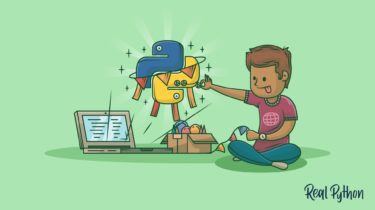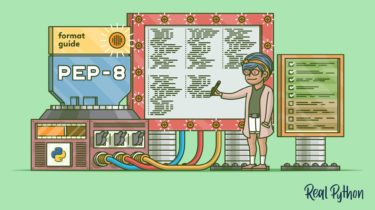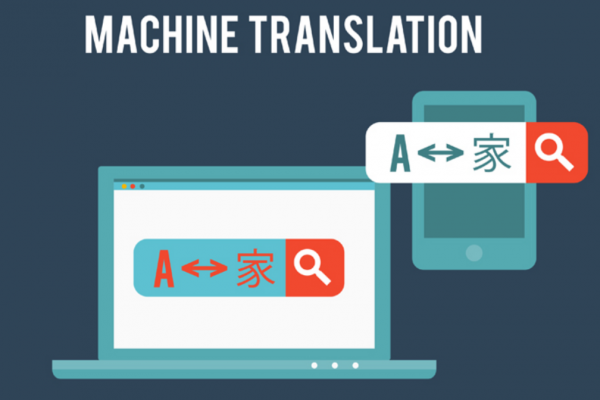Primer on Python Decorators
In this tutorial on Python decorators, you’ll learn what they are and how to create and use them. Decorators provide a simple syntax for calling higher-order functions. By definition, a decorator is a function that takes another function and extends the behavior of the latter function without explicitly modifying it. This sounds confusing, but it’ll make more sense after you’ve seen a few examples of how decorators work. You can find all the examples from this tutorial by downloading the […]
Read more





